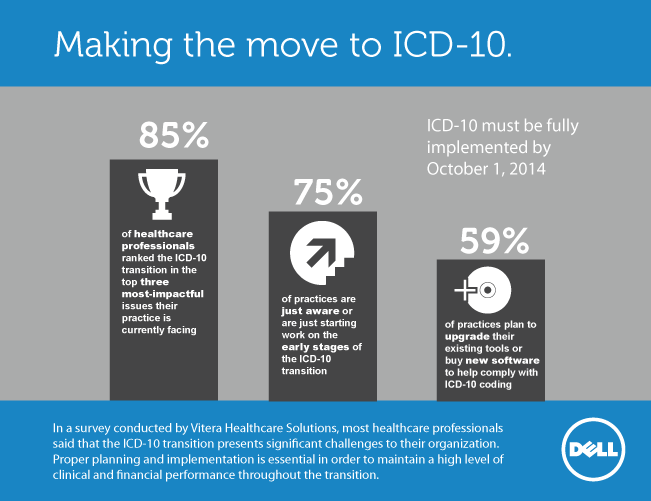ICD-10 Implementation: What Can the US Learn from the UK?
ICD-10 is the abbreviated way to refer to the tenth revision of the International Statistical Classification and Diseases and Related Health Problems. In other words, ICD-10 is an internationally accepted way of classifying and documenting diseases.
While practices in the UK have been using ICD-10 for medical coding since at least 2000, the transition from ICD-9 (the last version of the coding standard) to ICD-10 is taking a little longer in the United States. American hospitals and clinics have until October 1, 2014 to make the change, and according to recent surveys, many American medical providers are feeling the pressure of the looming deadline.

So what lessons can the US take from the UK to make the transition smoother? One thing is to start the change early. Though two years may seem like a long time to make the change and adjust, there are many things that must be considered, including transitioning current information technology solutions to reflect the new coding structure as well as training doctors and staff in its use. Though 85 percent of healthcare professionals in the US rank ICD-10 as one of the top three most impactful issues they face, fewer than a quarter have made significant strides toward adopting the system.
Far from delaying, doctors, hospitals, medical coders, and other affected parties should be mapping out steps and putting deadlines and tests in place to make sure that everything is completed in time. The sooner the implementation begins, the more time there will be for adjustments and corrections.
Something else American providers should remain aware of is the challenge of verifying and validating the codes being applied by doctors. Though the basic structure of ICD-10 is very similar to that of ICD-9, the new standard introduces about 55,000 more codes. This allows providers to be more clear and precise when describing patient conditions, but may lead to errors.
If healthcare professionals in the United States can implement these lessons into their transition, the change should happen fairly smoothly. Planning is absolutely critical in order to maintain clinical performance throughout the process. To learn more about how to implement the strategy and transition current IT solutions, visit dell.co.uk .
Jared Jacobs has professional and personal interests in technology. As an employee of Dell, he has to stay up to date on the latest innovations in large enterprise solutions and consumer electronics buying trends. Personally, he loves making additions to his media rooms and experimenting with surround sound equipment. He’s also a big Rockets and Texans fan.

 Delicious
Delicious Digg
Digg StumbleUpon
StumbleUpon Propeller
Propeller Reddit
Reddit Magnoliacom
Magnoliacom Newsvine
Newsvine
Comments
Post new comment